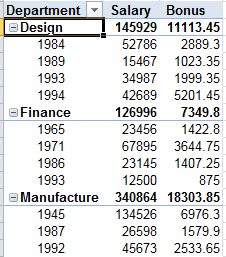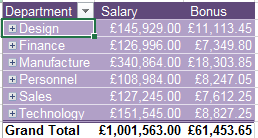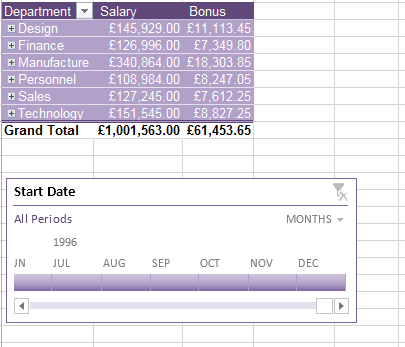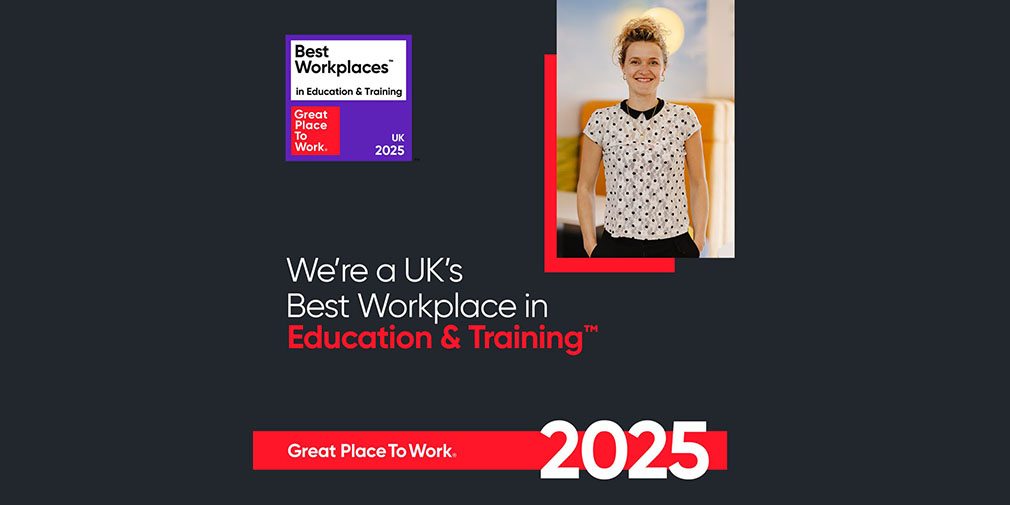We all like a good Pivot Table don’t we? But to get the full range of summary options we sometimes need to add more than we’d like.
For instance, in my personnel database I want a summary of salary and bonus for each department. But I also want to be able to filter the results by the start date of the staff.
To do this I would have produced a Pivot Table similar to the one below and then used the custom date filter to filter by the correct period.

Example Pivot Table
I could group the data, but once again, it’s less than elegant. It would also be possible to create an Activex control or some VBA to make this more flexible but it’s becoming increasingly complex.

Using the Timeline feature
To use this just create your Pivot Table as normal. It is not necessary to include the date field, as you will use the Timeline filter on in the Pivot Table:

On the insert ribbon you will find the Timeline tool:

Timeline tool
When you use the tool it will identify any fields that the Timeline filter can filter.

Timeline filter
Pick your field, and your timeline is ready for use!

Timeline ready for use
You can change the periods it filters – choose between Yearly, Quarterly, Monthly and Daily view using the dropdown menu on the top right corner of the dialogue. You can also change the period filtered – just highlight the appropriate period.
Very simple, very nice!
Don’t forget, all of our IT training courses include two years of free access to our IT Helpline. The IT Helpline is staffed by our IT trainers, with support available by phone and email. You can contact our team as many times as you like about the material covered on your course.
Related Blogs
- Calculations on a Filtered List in Excel – Darren talks through the process of how to create a dropdown filter in your Excel spreadsheets.
- Save Time in Excel with Autofill – Learn how to use the useful tool Autofill. Nicky explains how in the two minute video.
- How Microsoft Excel Can Increase Your Productivity – Billy talks about some of the reasons why Microsoft Excel is so indispensable to productive workplaces in this blog.





















